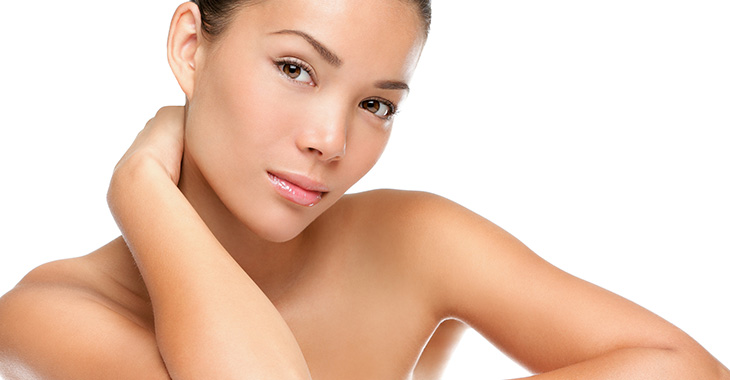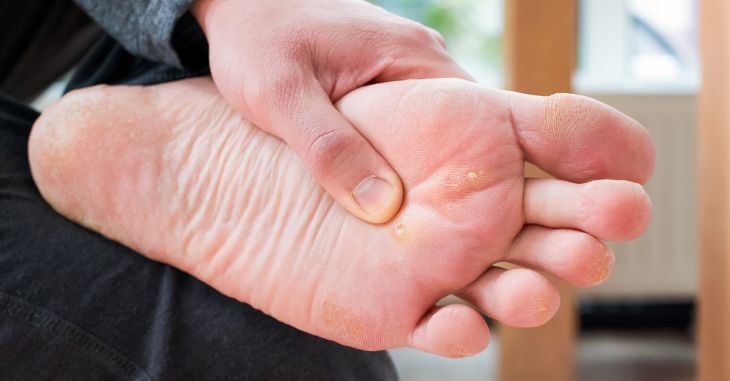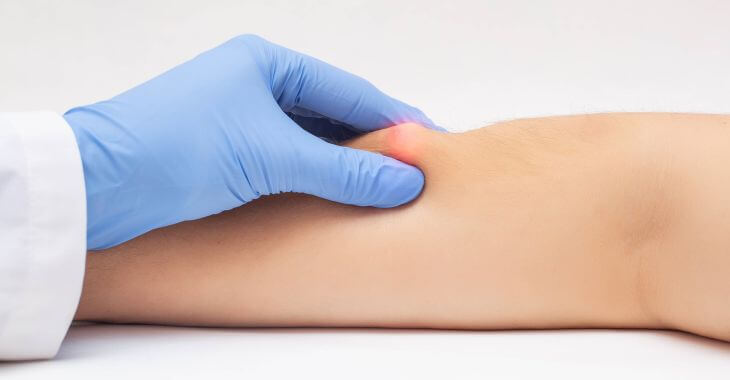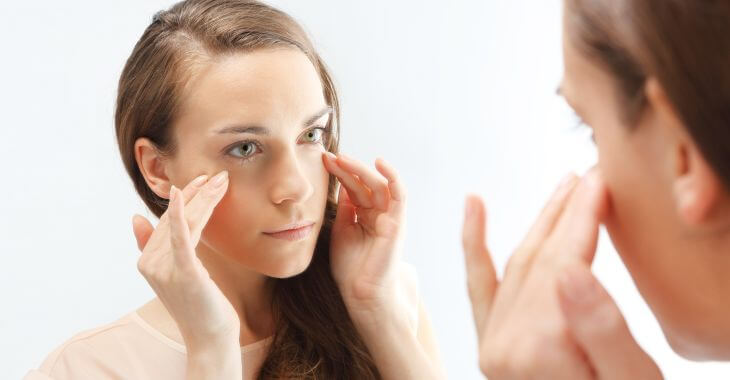8 Ways to Reduce Your Risk of Skin Cancer

When the sun comes out and the days become warmer, people of all ages begin spending more time outdoors. While it is healthy to go for a hike or a swim for exercise and to breathe in the fresh air, there is always a risk lurking ahead. More than two million people each year are diagnosed with skin cancer, with UV rays exposure as the main cause. To stay safe, here are eight ways to enjoy time outdoors while reducing your risk of skin cancer.
1. Wear Sunscreen!
Sunscreen is the best protection for bare skin against sun damage when you go outside. This is especially important for the face, hands, arms and other exposed areas, but it can also help protect skin under clothes. However, just applying sunscreen 30 minutes before you go outside is not enough. If you will be outside for several hours, you need to reapply every 2-3 hours and also after being in the water.
2. Limit Peak-Time Exposure
The sun’s UV rays are at their most potent mid-day. From 10 am to 4 pm, the sun is directly above and can do the most damage to your skin. Try to limit sun exposure, even with clothing and sunscreen, during these peak hours of sun potency – even cloudy days can be dangerous. Stay indoors or in shaded areas as much as possible.
3. Wear Protective Clothing
Pants, long skirts, long sleeves and other protective clothing can help minimize UV ray skin damage. Clothing offers about 15 SPF – you are still being exposed to damaging rays if you are outside, even if you have clothing covering your skin.
4. Shade Your Head
The scalp and face are the most vulnerable to sun exposure. Wearing a hat to shade and protect your head and face is a wise choice. Choose a hat with a wide brim that offers the most shade for your face and neck – combining a brimmed hat with sunscreen will give you the best protection for your head and face if you need to be outside.
5. Stay Away from Tanning Beds
With the known risks of UV rays to skin and eyes, exposing yourself unnecessarily should always be avoided. There are no safe tanning beds – if they emit UV rays, they can be harming your skin. Use bronzer or other safe skin colorant if you want to have tan skin.
6. Have Odd Moles Checked by a Dermatologist
Everyone has nevi or moles on their skin. If a mole changes shape, size or color, it should be checked out by a doctor, preferably a dermatologist. This can be an early sign of skin cancer.
7. Perform Monthly Skin Examinations
While skin examinations may not reduce your risk of skin cancer, they can catch changes in your skin for early detection and more effective treatment. You should perform a head-to-toe skin examination each month, looking for any lesions, mole changes or skin abnormalities. If any are found, visit a dermatologist.
8. Have an Annual Skin Exam
Monthly self-exams are a great start to minimizing risks of skin cancer. Another preventive measure is scheduling an annual skin exam with a dermatologist. There are areas that are difficult to see that your doctor can carefully check for any signs of abnormal skin growths. Plus, your dermatologist can offer the best advice for reducing your skin cancer risk.
Everyone is susceptible to skin damage and possibly cancer with exposure to the sun or UV rays. It is important to protect yourself and especially young children from overexposure to the sun to reduce the risk of skin cancer. Make sure to use these tips and visit a dermatologist to keep your skin and health protected.
The information provided on this website, including text, graphics, images, and other materials, is intended solely for informational purposes and should not be used as a substitute for professional medical advice, diagnosis, or treatment.



)